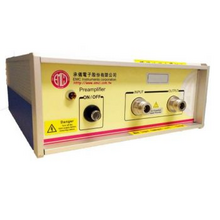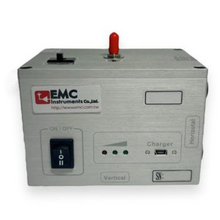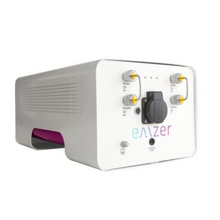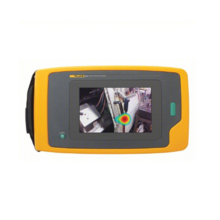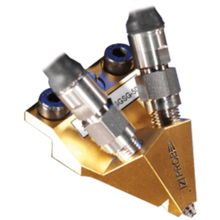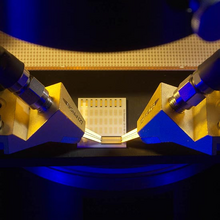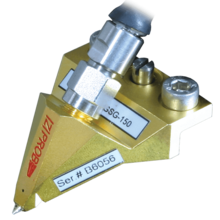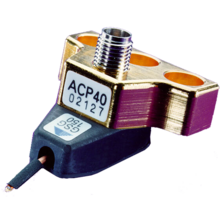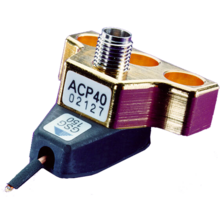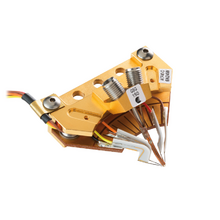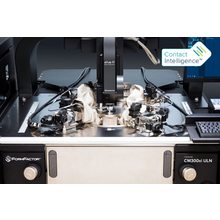Products
Displaying 373 - 384 of 835
See "Specifications & Details" tab for more information.
See "Specifications & Details" tab for more information.
See "Specifications & Details" tab for more information.
See "Specifications & Details" tab for more information.
Fluke 5075603, FLK-II900
Sonic Industrial Imager
Includes Hard Shell Carrying Case and Neck Strap
Quick Ship Inventory is available
Best price per contact – typically over one million (1,000,000) touchdowns
RF/Microwave signal is shielded and completely air isolated in the probe body
Excellent performance in vacuum environments and temperatures as low as 4 K, or as high as 300°C
Replace costly and inflexible test fixtures with easy-to-use probe tips
Long lifetime – typically over 1,000,000 contacts
GS/SG footprint up to 4 GHz and GSG up to 20 GHz
High-power RF test: up to 30 Watts
High power – 66 W at 2.4 GHz and 43 W at 5 GHz
Extremely low insertion loss of ≤ 0.4 dB (typical) up to 40 GHz
Excellent contact control and low contact resistance
High performance on any pad material (Al or Au)
Unique Air Coplanar tip design with choice of beryllium copper (BeCu) or tungsten tip material
DC to 110 GHz models available in single and dual line versions
Low insertion and return loss with ultra-low-loss ( -L ) versions
Excellent crosstalk characteristics
Functional temperature range of -263 to +150°C
Stainless steel tip material for thermal decoupling
Coaxial cable with TCE matched inner and outer conductors
Consistent tip geometry even at cryogenic temperatures
Combination of DC and RF in a single probe module: One dual probe or a maximum of three RF; a maximum of 9 DC standard (other quantities upon request).
Utilizes ACP tip design, GSG, GS or SG
RF tips available from DC to 110 GHz
Choice of BeCu or tungsten tips
Ease of use – Less experienced operators can perform DC measurements by simply pushing a button. This reduces the need of experienced users full time on each system.
Reduced Soak Time – The system will automatically re-align the probes to the pads if they drift from alignment. This reduces test time and increases throughput.
